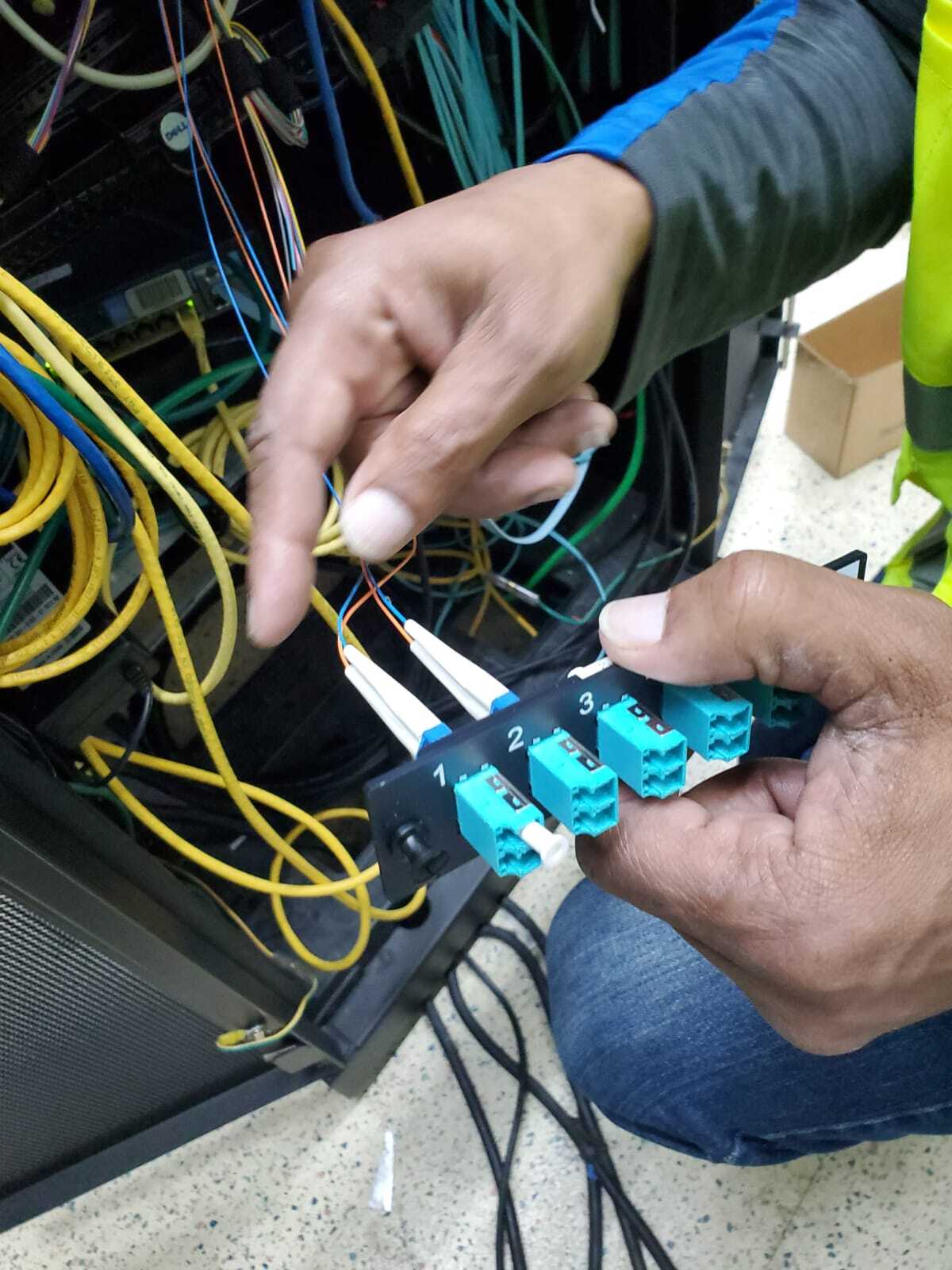When it comes to cybersecurity, most conversations focus on firewalls, encryption, and software protection. However, true network security begins with the physical medium that carries your data. For organizations that prioritize data protection such as banks, hospitals, law firms, and government agencies fiber optic cabling provides a level of physical security that copper simply cannot match.
Understanding the Risk of Physical Tapping
Traditional copper cabling transmits data through electrical signals. With the right tools and minimal intrusion, a bad actor can tap into a copper line undetected, silently intercepting data without ever triggering a network alert. This vulnerability becomes even
Requires specialized, high cost tools: Tapping a fiber line is not as simple as clipping into a copper wire. It involves cutting, aligning, and fusing microscopic fibers a precision task that’s virtually impossible to do without alerting detection systems.
greater in shared or unsecured environments, such as utility closets, multi-tenant buildings, or exposed conduits.
Why Fiber Optic Cabling Offers Superior Physical Security
Fiber optic cables transmit data using pulses of light through glass or plastic strands. This fundamental difference in transmission makes them far more difficult and expensive to tap. Here's why:
Any tap introduces noticeable signal loss: Even a slight disturbance in a fiber optic line causes an immediate degradation in performance or a complete disruption, which can be easily monitored by the network administrator.
Tamper-evident architecture: In most secure installations, DV Comm Systems uses armor rated fiber, enclosed conduit, and terminated fiber enclosures, which make physical access almost impossible without visible signs of tampering.armor rated fiber, enclosed conduit, and terminated fiber enclosures, which make physical ac
n method used in eavesdropping attacks.
cess almost impossible without visible signs of tampering.
No electromagnetic radiation: Fiber doesn’t emit electromagnetic signals like copper does, meaning it’s immune to electromagnetic interception a common method used in eavesdropping attacks. Fiber doesn’t emit electromagnetic signals like copper does, meaning it’s immune to electromagnetic interception a commo
Where Physical Fiber Security Matters Most
Fiber cabling’s enhanced tap resistance makes it ideal for environments where sensitive or regulated data is transmitted, including:
Financial institutions
Healthcare and HIPAA-regulated offices
Government and municipal buildings
Legal and compliance-focused businesses
Data centers and colocation environments
At DV Comm Systems, we design fiber optic networks with security-first architecture. Our installation practices include:DV Comm Systems, we design fiber optic networks with security-first architecture. Our installation practices include:
Secure rack enclosures
Hardened wall penetration points
Tamper-resistant fiber raceways
Real-time network monitoring and alerts for signal degradation
Invest in the Infrastructure That Protects Your Data
If your business handles sensitive data, don’t let your physical infrastructure be the weakest link. Fiber optic cabling is more than just a performance upgrade it’s a security strategy.security strategy.
Let DV Comm Systems design and install a fiber optic solution that secures your network from the ground up.DV Comm Systems design and install a fiber optic solution that secures your network from the ground up.

